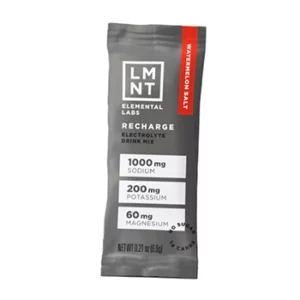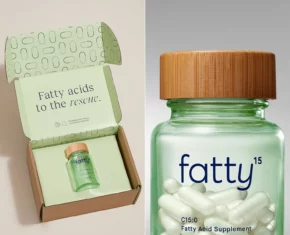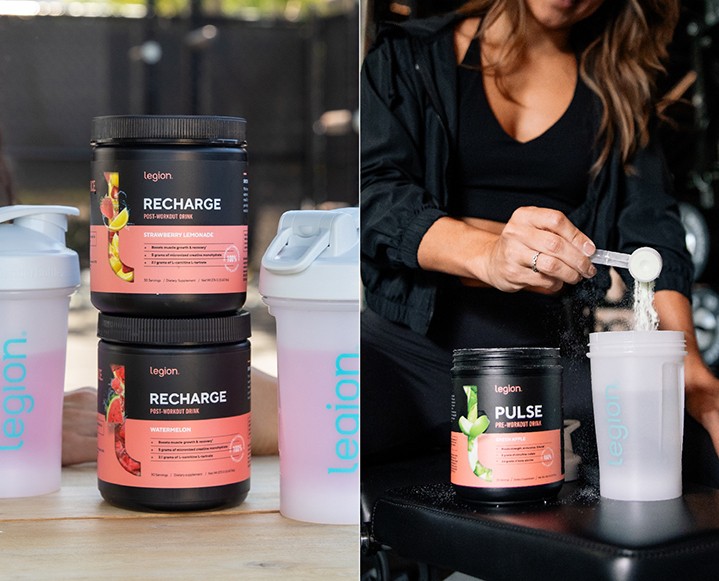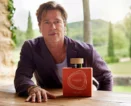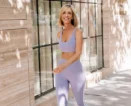It’s creepy enough to see a long list of mystery ingredients listed on the back of a fave shampoo bottle, but what about how those chemicals interact?
Dioxane is a common toxin found in cleansing personal care products that’s linked to cringe-worthy health and environmental concerns. What’s worse is that we probably won’t be able to pick it out of a label because it’s not an ingredient; it’s the byproduct of chemicals reacting to one another. Amy Ziff, founder of MADE SAFE and leading lady of our series on toxic personal care ingredients, is teaching us all about eerily ubiquitous dioxane and how to steer clear…
What is It? 1,4-dioxane (sometimes just called dioxane) is found in products from personal care products to laundry detergent, but it’s not an intentionally added ingredient. It’s a contaminant that’s created when certain common ingredients are mixed together.
1,4-dioxane is an expected contaminant from a process called ethoxylation, when ethylene oxide is added to other ingredients to make them less harsh. A good example of this is sodium lauryl sulfate, which is harsh on skin. It’s often ethoxylated to convert it to sodium laureth sulfate; 1,4-dioxane is created in the process and contaminates the sodium laureth sulfate.
1,4-dioxane is most often found in products that suds, like shampoos, shower gels, dish soaps and laundry detergents. It’s also been found in toothpastes, mouthwashes, deodorant and hair dyes.
What’s the Concern? 1,4-dioxane is listed as a known or probable carcinogen by several scientific agencies, including appearing on California’s Proposition 65 list as linked to cancer, as a known animal carcinogen by the National Toxicology Program, and as a likely human carcinogen by the U.S. Environmental Protection Agency (EPA). According to EPA, it’s also present groundwater, ambient air and indoor environments, in addition to showing up in products we use on a daily basis.
In fact, 1,4-dioxane’s toxicity is concerning enough it landed on the EPA’s list of top ten chemicals for evaluation under the updated Toxic Substances Control Act. Under this updated law, the EPA is required to review existing chemicals to determine, “whether they present an unreasonable risk of injury to health or the environment.” If the answer is yes, EPA has to place restrictions on or ban that chemical.
It’s estimated that the EPA may take up to five years to evaluate and regulate these first ten chemicals. Want a faster solution to reduce your contact with this toxic chemical? Read on.
How to Avoid It: Read labels on products like shampoo, bubble bath, liquid soaps and laundry detergents to avoid it. 1,4-dioxane won’t appear on ingredient lists because it’s not intentionally-added, however you can avoid these chemicals that are commonly contaminated with it:
– Sodium laureth sulfate
– PEG compounds (usually listed as “PEG” followed by a number)
– Chemicals that end in “eth” (denotes ethoxylation), like ceteareth and oleth
You can lather and wash without any worry by simply using castile soap without any fragrance. Also look for USDA Organic certified, which doesn’t allow ethoxylation processes, and the MADE SAFE seal, which screens for toxic contaminants like 1,4-dioxane. MADE SAFE certified options for sudsing/lather products include: shampoos from Hairprint and True Botanicals, body wash from Pleni Naturals and Annmarie Gianni Skin Care, and liquid soap from Kosmatology.
The Chalkboard Mag and its materials are not intended to treat, diagnose, cure or prevent any disease. All material on The Chalkboard Mag is provided for educational purposes only. Always seek the advice of your physician or another qualified healthcare provider for any questions you have regarding a medical condition, and before undertaking any diet, exercise or other health related program.






